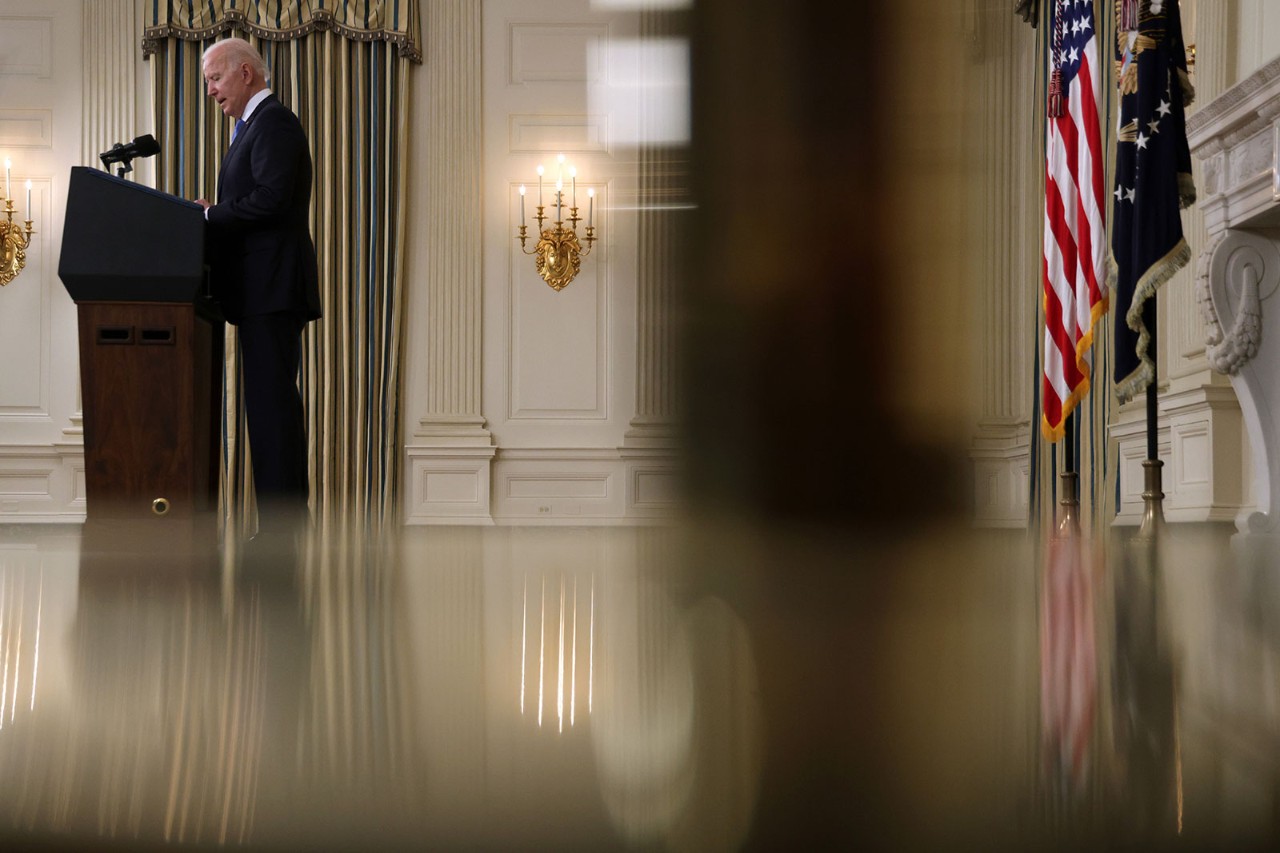
Mainland China’s success in containing the Covid pandemic has allowed its economy to stabilise and resume growth ahead of other major economies. That recovery has been evident in recent data, but lately a number of reservations have been raised about just how strong China’s growth may be this year.
Some high-frequency indicators such as purchasing manager indices have hinted at a modest deceleration of activity. Concerns have also been expressed that the central bank may consider tightening monetary policy to address potential financial stresses in the economy.
Our view is that the economy is poised to deliver very strong growth for the rest of this year and next. In essence, we see tailwinds from exports remaining supportive while consumer and investment spending will gain more traction as the recovery progresses. Finally, we agree that the authorities will want to rein in housing bubbles and other financial excesses but expect them to use targeted measures to do so rather than engage in broad monetary tightening.

The economy is poised to deliver very strong growth for the rest of this year and next
Confluence of positives
In the coming months, external demand will continue to be key to China’s economic prospects. Growth in exports was robust in the first quarter, an impressive 49% over the same period in 2020. Demand for China’s smartphones, household appliances and automotive components helped drive the first-quarter surge, adding to already strong shipments of textiles, medical and pharmaceutical products.
Our analysis of trade flows shows global demand broadening out beyond the tech sector, which should help Chinese exporters, who are a highly diversified bunch. The primary gauges of global growth such as the OECD composite lead indicator have picked up, suggesting that vibrant demand will continue apace.
Such rapid export growth will have important spillovers. The more immediate impact will be to fuel strong expansion of industrial production. The good correlation between export growth and capital spending should result in an eventual uplift in fixed asset investment.
Investment will be further boosted by the frenetic activity in the housing sector. Property sales tend to lead construction activity, which contributes to real estate-related investment spending. Strong property market activity also raises demand for downstream goods such as furniture and services. Another reason to expect an acceleration in investment is the strong corporate profitability, which will encourage companies to expand capacity.
What about the consumer, who has remained somewhat cautious despite China’s economic rebound? As we look forward, we see more and more evidence that consumers are returning to pre-pandemic behaviour. For instance, Chinese residents made 102 million domestic trips over the three-day ‘tomb-sweeping’ holiday in April, up 145% over the same period last year when the pandemic was still raging in China – that is about 95% of the level in 2019.
More recently, domestic tourists were out in force over the May Day holiday weekend. Wuhan, where the pandemic first emerged, hosted its Strawberry Music Festival, where thousands of mask-less participants were seen confidently dancing together.
As the 100th anniversary of the founding of the ruling Chinese Communist Party in July approaches, we expect the public mood to lift further. Hence our confidence that consumer spending will revive as the year advances.
Any risks?
The authorities are concerned enough about housing bubbles to have instructed banks to be more cautious in lending for real estate activities. However, the regulators are using highly selective macro-prudential measures rather than those with broad-based economic impact such as interest rates or outright monetary operations.
That is why the growth in ‘total social financing’, a broad measure of liquidity, has been holding up. In fact, the seven-day reverse repurchase rate for depository institutions (the de facto policy rate) has actually drifted down in the past two months. Monetary tightening is therefore unlikely to cause the economy to slow much.
Other risk factors appear to be under control. While relations with the US remain awkward, the Biden administration has retained the trade deal signed with China last year and abjured further tariffs. The sanctions on technology companies have hurt those individual companies but have not had an economy-wide impact. Inflation remains well behaved as well – despite the rise in the cost of energy and other inputs, Chinese companies have been restrained in passing on costs to consumers.
The bottom line is this: we see the Chinese economy growing at well over 8% this year before easing back a tad to around 6% in 2022. This will keep global demand humming, thus adding momentum to the global rebound from the pandemic.




